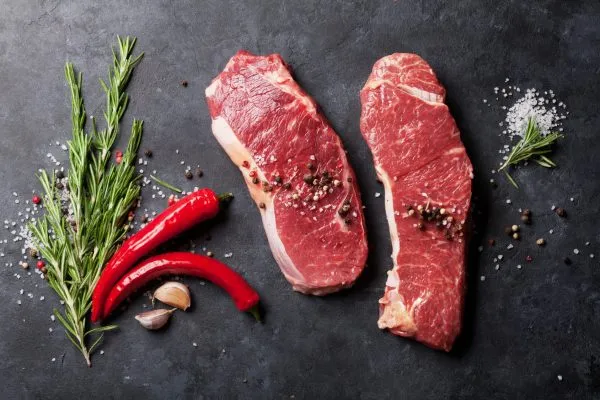In the quest for a balanced and healthy diet, understanding the distinction between red meat and processed meat is crucial. Despite the common source, the health implications of consuming these two types of meat diverge significantly. Here, we delve into why red meat is considered healthier than its processed counterparts, focusing on nutritional content, health risks, and the biological mechanisms underlying these differences.

1. Nutritional Integrity and Essential Nutrients
Red meat, encompassing beef, lamb, and pork, is a rich source of high-quality protein, essential amino acids, vitamins (notably B12), and minerals such as iron and zinc. These nutrients are crucial for muscle repair, brain function, and oxygen transport in the body. Unlike processed meats, which may lose some of their nutritional value through the addition of preservatives and processing methods, red meat retains its nutrient profile, providing essential health benefits when consumed in moderation.
For those considering the nutritional implications of a vegan versus an animal-based diet, understanding the role of red meat in our nutrition can offer valuable insights. Learn more about this perspective here.
2. Lower Health Risks Associated with Unprocessed Red Meat
While both red and processed meats have been linked to certain health risks, the degree and consistency of evidence significantly tilt the balance in favor of red meat. Processed meats undergo treatments like curing and smoking, introducing additives and preservatives such as sodium, nitrites, and nitrates. These substances can form harmful compounds like nitrosamines, which have been directly associated with an increased risk of chronic diseases, including type 2 diabetes, coronary heart disease, stroke, and various types of cancer. In contrast, the risks associated with unprocessed red meat consumption are generally lower and less consistent across studies. For example, every 50g daily increase in processed meat consumption is associated with a 32% higher risk of diabetes, while similar increases in red meat consumption are linked to smaller or nonsignificant risk increases.
Choosing between organic and conventional foods is a significant decision that impacts not just our health but also our environment. This decision becomes particularly pertinent when considering red meat. Find out more about these differences here.


3. Biological Mechanisms and Compound Formation
The adverse health effects of processed meats can be attributed to their production and preservation processes. High levels of preservatives in processed meats contribute to the formation of carcinogenic nitrosamines in the human body, exacerbating the risk of cancer. Furthermore, the high heme iron content in both red and processed meats can catalyze the formation of N-nitroso compounds, potent carcinogens. However, the absence of added preservatives and lower processing levels in red meat reduces these risks, making it a healthier choice among meats. It is the combination of these biological mechanisms and the formation of harmful compounds during the processing of meat that underscores the health disparities between red and processed meats.
Exploring the carnivore diet sheds light on the importance of meat quality in our diets. Discover why red meat, as a staple of this diet, might be healthier than processed options by reading more here.
In conclusion, while moderation is key in the consumption of red meat, it presents a healthier option compared to processed meats due to its richer nutritional profile, lower associated health risks, and absence of harmful processing-induced compounds. Emphasizing unprocessed red meat within a balanced diet, alongside a variety of plant-based foods, can contribute to improved health outcomes and reduced risk of chronic diseases.